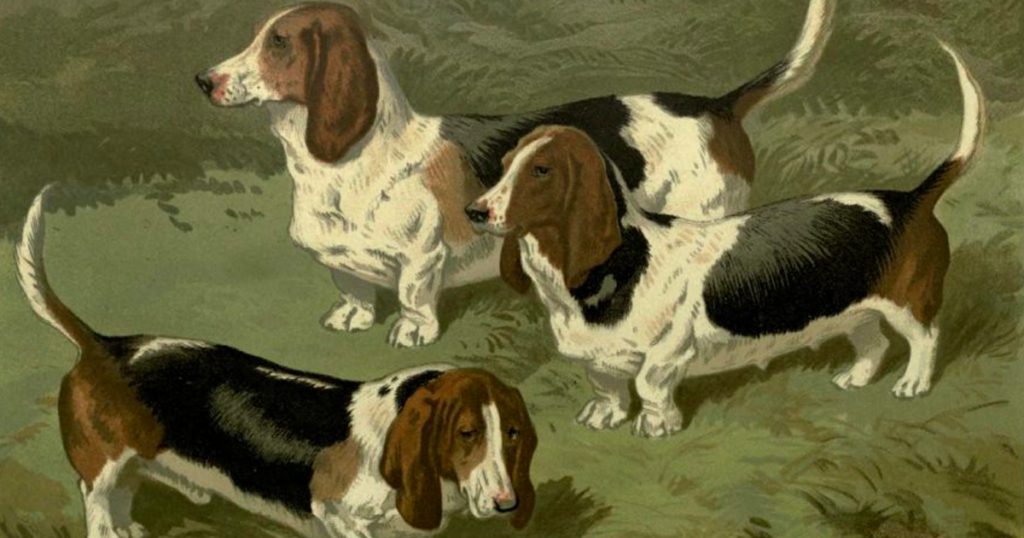
“What have you got on your bedside table?” I asked a student in my adult beginners class, to practice both prepositions of place and the verb have got. Also to illustrate how a structure, such as a verb, that’s used in a question can be used in the answer. In fact, it should be used—at least until you’ve mastered enough grammar to be able to pick and choose for yourself. The class is just two students, both women, and I reminded them to answer past tense with past tense, present with present. Keep it simple. What is there to eat? There is … Where are you from? I’m from … And so on. We did that with have got.
I was reviewing the previous month’s lessons before moving on, and the next one in the list was favorite. What’s your favorite restaurant? I asked one student. What’s your favorite movie? I asked the other. Then I told one of them to ask the other a question with favorite. “What’s your favorite color?” she asked. Red was the answer, plain and simple, the unembellished name of a color. Then it was the other student’s turn, and she asked, “What’s your favorite animal?” “The dog,” came the answer, article included. Hmm, I said.
Both students waited. “The dog,” I repeated aloud, then shook my head. “A dog,” I tried, and shook my head again. “Dog?” I wondered. No, not that either. I was stymied.
In Spanish the answer to the question is el perro, the dog, one of the two students said. Yes, I agreed, but that’s not quite right in English. The two students waited, and after another 30 seconds one of them quipped that we were lucky to be on the easy questions. We all laughed. The class meets at 8 p.m. and lasts an hour and a half. It’s my last class of the day and I am tired by then. One of the two students comes straight from work, where she’s been for more than seven hours of her day. She’s tired too. The other student, whose day won’t have ended until she’s prepared dinner for her mother and cleaned up afterward, is also tired. But the time flies by. We’re all glad to relax together, and the fact that they are paying to be there whereas I am being paid hasn’t seemed to hamper the camaraderie. One of these students once remarked that she came as much for the fun as for the English, and though that fun comes from their quips in Spanish, not from me, I like to think I’m doing something that allows it to flourish. Maybe that something is just to openly, obviously be stymied by the simplest of questions, like this one. Through my head ran some examples: The cheetah is the fastest animal; a kangaroo rat is not a rat. Snake tastes like chicken. No help.
If only I’d thought of the Julie Andrews song, “My Favorite Things” and her list—raindrops, roses, packages, kettles, kittens and mittens, and silver, white winters—I’d have alighted sooner on the answer: not a dog or the dog, but dogs. Or maybe if I’d been less tied up by my own counsel of echoing the terms of the question in the answer, singular verb in the question, singular in the answer. As it was, when the answer came to me, I didn’t want to admit the is of the question would be an are in the answer. Why should it even be so? It wasn’t beautiful. But I could think of no way around it. “Dogs are,” I said, with a shiver, as if from a splash of cold water. “Dogs are my favorite animal.” It was a relief to get it over with. And class went on. My favorite class.

